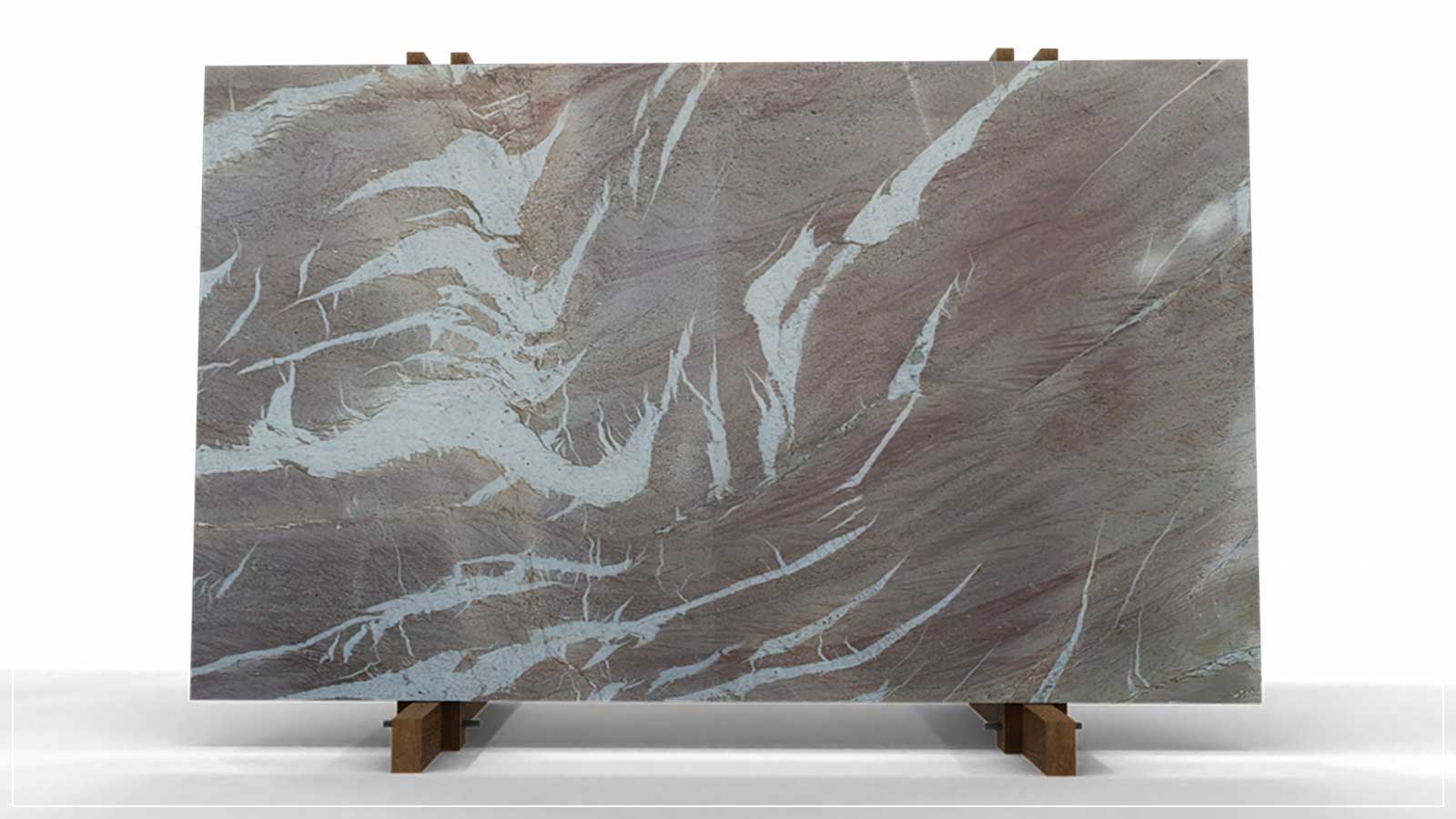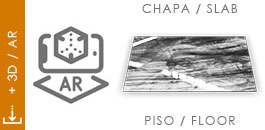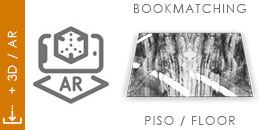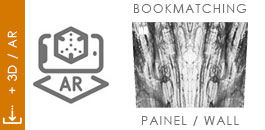Ruby Crystal: Beauty and Durability in Brazilian Natural Quartzite
Ruby Crystal is a Brazilian natural quartzite renowned for its beauty and prominence in the ornamental stone market. This material has captivated architects, designers, and consumers with its unique combination of impressive aesthetics and exceptional durability. Below are the detailed characteristics, uses, extraction locations, necessary maintenance care, and technical information about Ruby Crystal.
Characteristics
Ruby Crystal is recognized for its exotic and sophisticated appearance. With a predominantly pink coloration and white veins that create an impressive and unique visual pattern, this quartzite stands out in any application. Besides its beauty, Ruby Crystal is highly durable and scratch-resistant, making it ideal for a variety of uses.
Color and Patterns
Ruby Crystal features a pink base color, varying from soft to more intense shades of pink. White veins traverse the surface irregularly and fluidly, creating a striking contrast reminiscent of artistic strokes on a canvas. These patterns are formed by the recrystallization of quartz and the presence of other minerals, providing a unique and sophisticated aesthetic that stands out in any application.
Uses
Due to its aesthetics and durability, Ruby Crystal is widely used in various residential and commercial applications. The most common uses include:
- Kitchen and Bathroom Countertops: The durability and resistance of Ruby Crystal make it ideal for surfaces that are frequently used and require a material that not only withstands wear but also maintains its beauty over time.
- Wall Cladding: The impressive aesthetics of Ruby Crystal add a touch of luxury and sophistication to any environment. Its white veins and pink tones create an elegant and unique look.
- Flooring: The impact and scratch resistance make Ruby Crystal an excellent choice for floors, especially in high-traffic areas.
- Tables and Countertops: The beauty and durability of Ruby Crystal make it a popular option for dining tables, coffee tables, and countertops, adding aesthetic value and functionality.
- Decorative Details: It can be used in decorative details such as fireplaces, moldings, and other elements that require a visually impactful and durable material.
Extraction Location
Ruby Crystal is extracted from the south of Bahia, Brazil, a region known for producing some of the world’s most beautiful ornamental stones. The quartzite-rich geological formations of this area contribute to the exceptional quality and unique aesthetics of Ruby Crystal. Responsible and sustainable extraction ensures that Ruby Crystal maintains its integrity and quality while minimizing environmental impact.
Necessary Maintenance Care
To maintain the beauty and integrity of Ruby Crystal, it is important to follow some maintenance guidelines:
- Regular Cleaning: Use water and neutral soap to clean the surface. Avoid acidic or abrasive cleaning products that can damage the quartzite surface.
- Stain Protection: Applying appropriate sealers helps protect Ruby Crystal against stains and infiltration. It is recommended to apply the sealer periodically as indicated by the manufacturer.
- Avoid Severe Impacts: Although Ruby Crystal is highly resistant, it is always good to avoid severe impacts that may cause damage to the surface.
Technical Information
Ruby Crystal is composed mainly of quartz, with traces of other minerals that give it its characteristic color and patterns. Its physical properties make it a robust and aesthetically pleasing option for a variety of applications. Below are some of the main technical information:
- Composition: Mainly quartz, with traces of other minerals.
- Geological Classification: Quartzite.
- Resistance: High resistance to impacts, scratches, and heat, making it suitable for high-traffic areas and intensive use.
Benefits of Ruby Crystal
Ruby Crystal combines natural beauty with durability, making it a popular choice for both residential and commercial projects. Its unique aesthetics and physical properties make it a premium option in the ornamental stone market. The main benefits of Ruby Crystal include:
- Durability: The high resistance of Ruby Crystal to impacts and scratches makes it a long-lasting choice for various applications.
- Heat Resistance: Ruby Crystal is heat-resistant, making it ideal for applications in kitchens and other areas frequently exposed to high temperatures.
- Aesthetics: The combination of pink colors and white veins creates a sophisticated and elegant look that stands out in any environment.
- Versatility: It can be used in a wide variety of applications, from countertops and floors to decorative details.
Conclusion
Ruby Crystal is a Brazilian natural quartzite that stands out for its unique combination of beauty and durability. Its pink coloration with white veins creates an impressive visual pattern that adds aesthetic value to any application. Additionally, its resistance to impacts, scratches, and heat makes it an ideal choice for various residential and commercial applications. With proper maintenance, Ruby Crystal will maintain its beauty and integrity for many years, making it a popular and reliable choice in the ornamental stone market.
For those seeking a material that offers both beauty and durability, Ruby Crystal is an exceptional option. Whether in kitchen countertops, wall cladding, floors, or decorative details, Ruby Crystal provides a touch of sophistication and elegance that is unmatched. Responsible and sustainable extraction in the south of Bahia ensures that each piece of Ruby Crystal maintains its exceptional quality and contributes to environmental preservation.
With all these qualities, Ruby Crystal is truly a premium choice for any design and construction project, offering a perfect combination of aesthetics and functionality.

Want to know more about this and other SuperClassico materials?
Ask our AI your question here!
BookMatching
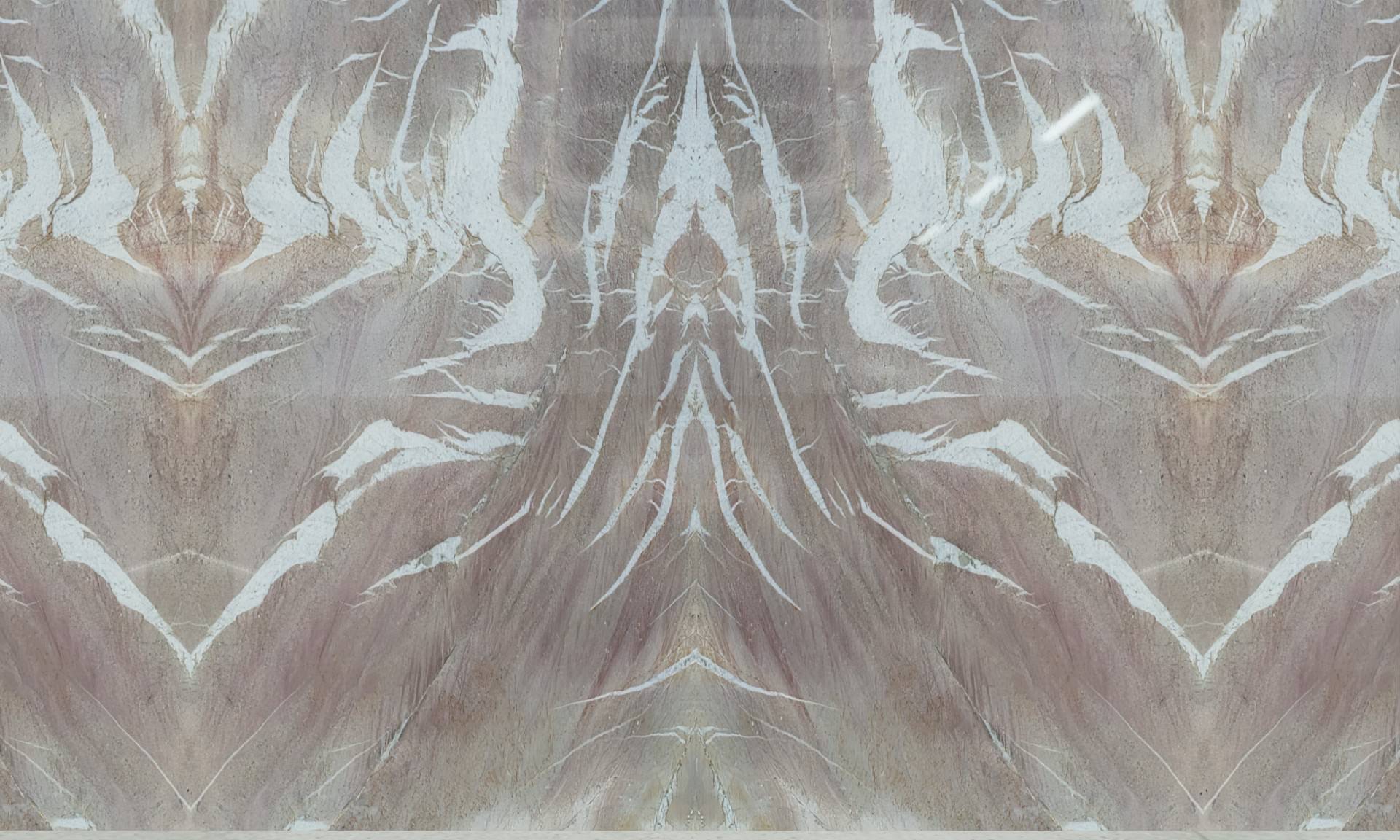 Vertical
Vertical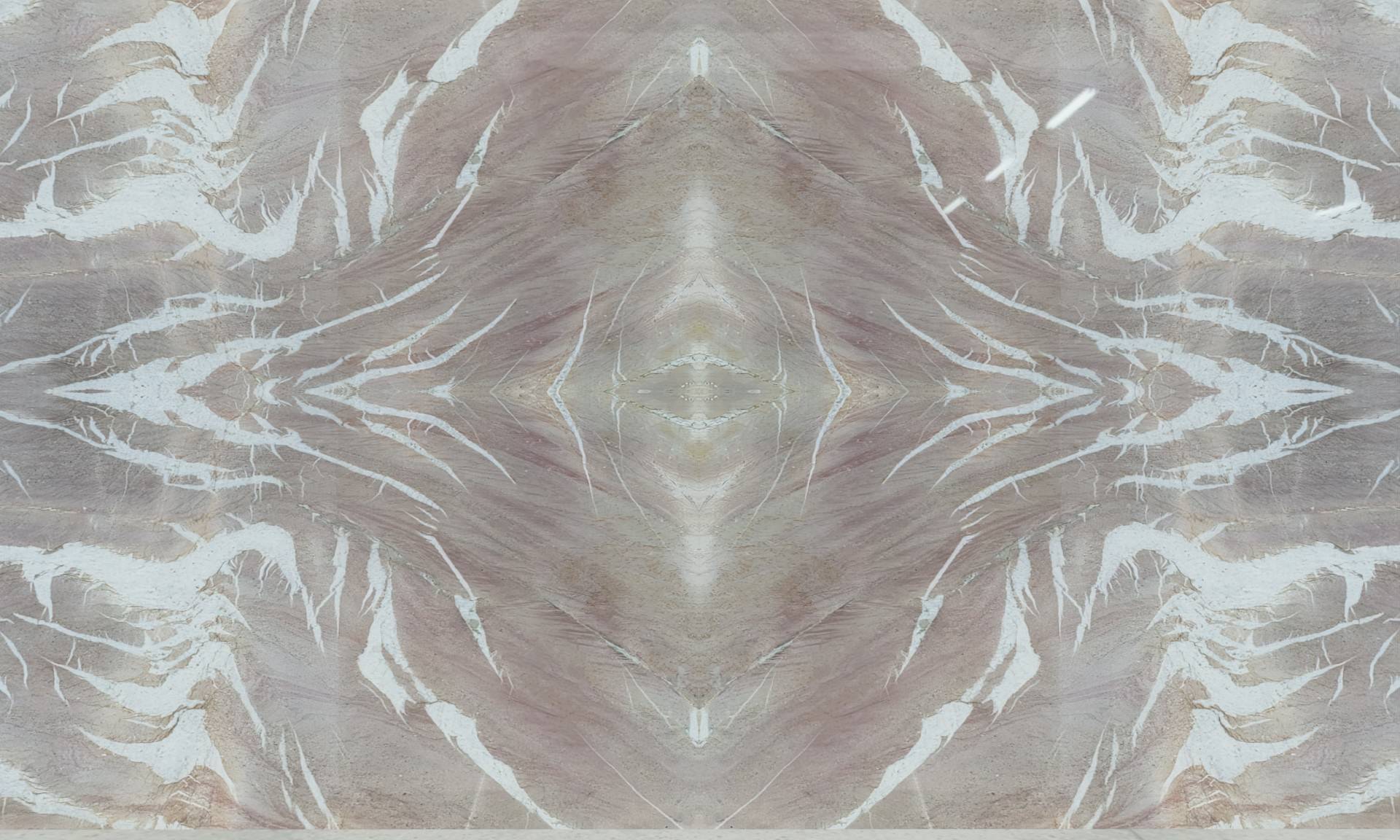 Horizontal
HorizontalFor Designers and Architects
| PETROGRAPHY CLASSIFICATION | QUARTZITE | |
| NORMA | TESTS | RESULTS |
| ABNT NBR 12766 | Water Absorption | – % |
| ABNT NBR 12766 | Apparent Dry Density | – kg/m³ |
| ABNT NBR 12767 | Compressive Strength83 | – mpa |
| ABNT NBR 12763 | Flexural Strength | – mpa |
| Abrasion Strength | – (cm²/cm³) | |
To simulate how a particular material would look as a floor, tabletop, or countertop in your home, use Augmented Reality technology on your smartphone. It’s easy! Just click on the “View in your space” button and you’ll be able to see the virtual object in your real environment. Try it now!
3D/AR View
Click on the CARDS below and choose different options to simulate the material with AR in your environment through your Smartphone’s camera.
Classification
Type: QUARTZITE
About
Ruby Crystal is an exotic quartzite extracted in Brazil and original from SuperClássico Natural Stones.
Composition
Surface Finishings
Polished
It is the “shiny” surface that results in the plate when receiving the complete finish, that is, until the last grain. Depending on its composition, the polished material may have a higher or lower brightness intensit
Brushed
It is the resultant surface in the sheet when it receives roughing treatment performed by steel brushes or synthetic materials. Different brushing models can be executed, with greater roughness, medium and few.
Soft Leather
It is the resultant surface in the sheet when it receives roughing treatment performed by steel brushes or synthetic materials. Carried out with a brush of low roughness, which gives it a lightly textured look like fabric.
Flamed
It is the resultant surface in the plate when it receives heat treatment (burned with torch specially developed for the function) that takes out small flakes of the same, making the surface slightly irregular producing the impression that it is rustic.
Honed
It is the resultant surface on the sheet when receiving abrasive grinding wheels up to the grain 120. This grain defines the surface finish limit either as anti-slip or even for the application of resin and subsequent polishing
Leather Finish
It is the resultant surface in the sheet when it receives roughing treatment performed by steel brushes or synthetic materials. Depending on the type of brushes used you can still reproduce in some materials a surface with a design similar to natural leather.

